The high-tech future of driving in Australia is closer than you think – but not without risk
Ford has announced a major technological breakthrough that advances the race for fully self-driving cars - and it’s a massive blow for Elon Musk’s Tesla.

Imagine a world where a fully loaded Boeing 737 commercial passenger plane fell out of the sky and crashed, killing everyone on board, at a rate of 15 incidents per day.
That would be roughly the equivalent of 3000 fatalities every single day, or 1.2 million deaths annually, and would spark unprecedented chaos and panic.
“That’s how many people globally are killed in car crashes,” Hussein Dia, a professor of future urban mobility at Swinburne University of Technology, said.
“We wouldn’t accept that kind of loss of life in the aviation sector, but it’s shocking we seem to accept it as part of how things are when it comes to road safety.”
Studies suggest the majority of accidents – up to 70 per cent in some research analyses – are the result of human error.
“Theoretically, by removing the driver out of the equation, we’re hoping we would reduce fatalities significantly,” Professor Dia said. “This is the vision.”
Ford’s giant leap
Automotive giant Ford last week announced it has achieved Level 3 autonomy, allowing vehicles to handle most driving tasks independently without intervention.
In that scenario, motorists can take their eyes off the road and their hands off the steering wheel, which is a substantial leap from current capabilities.

Under Level 2 conditions, which is on par with what market leader Tesla offers, steering and acceleration or deceleration can be controlled by software in some settings, but with the driver remaining in control and on alert at all times.
“Level 3 autonomy will allow you to go hands- and eyes-off the road on the highway in a couple years, so then your car becomes like an office,” Ford chief executive Jim Farley told Bloomberg. “You could do a conference call and all sorts of stuff.”
The technology works in test settings and the company has set a target of rolling it out into new passenger vehicles in 2026.
“We can do it now pretty regularly with a prototype, but doing it in a cost-effective way is just the progress we’re going to need to make,” Mr Farley said.


Tesla’s tricky claims
Every year that Elon Musk has been at the helm of electric vehicle giant Tesla, the billionaire has promised consumers and fans that fully autonomous driving by the end of the following year.
But the company’s heavily marketed Autopilot is anything but, ranking only at Level 2 and sparking increasing anger about its over-egged abilities.
Tesla is facing a mammoth class action lawsuit in the United States brought by disgruntled owners who paid a hefty premium for Autopilot functionality on the promise that its rollout was “just around the corner”.
In rejecting the company’s bid to dismiss the lawsuit, US District Judge Rita Lin last month said that if the company had indeed conveyed that “its hardware was sufficient to reach high or full automation, this plainly alleges sufficient falsity”.
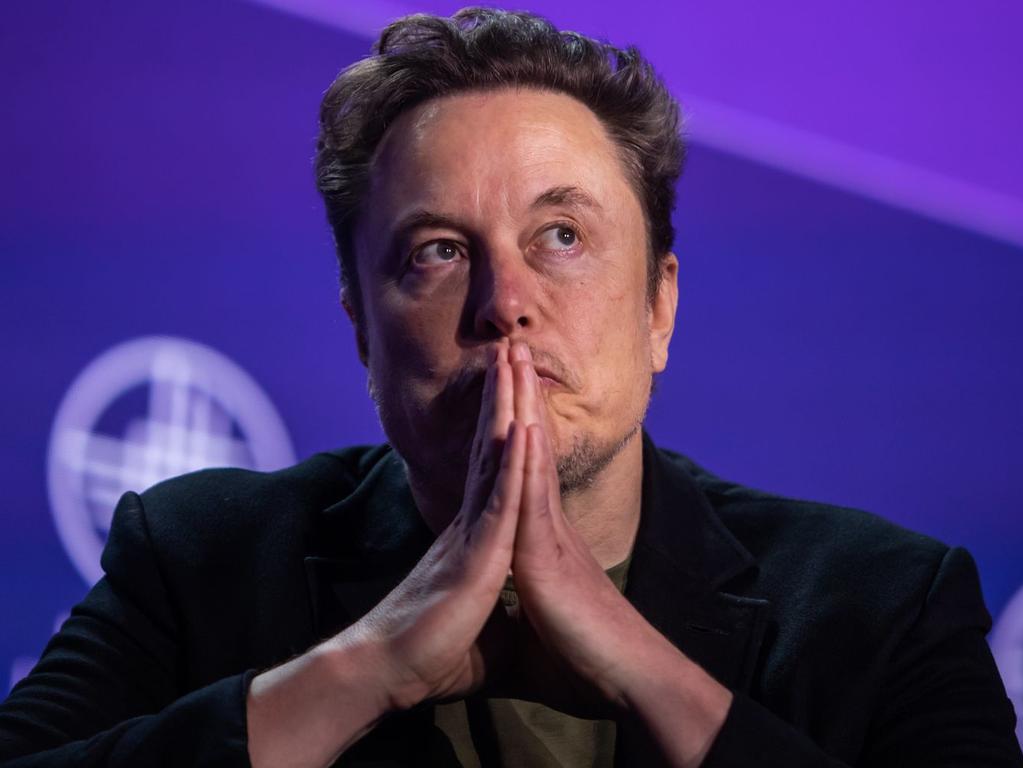
In April, Tesla settled a long-running lawsuit brought by the family of Walter Huang, an Apple engineer who was killed when his Tesla veered off a freeway in San Francisco in 2018.
The vehicle was in Autopilot mode at the time and Mr Huang was found to have been playing a game on his mobile phone when the car slammed into a road barrier.
Tesla is facing a string of other lawsuits over multiple crashes when self-driving mode was alleged activated.
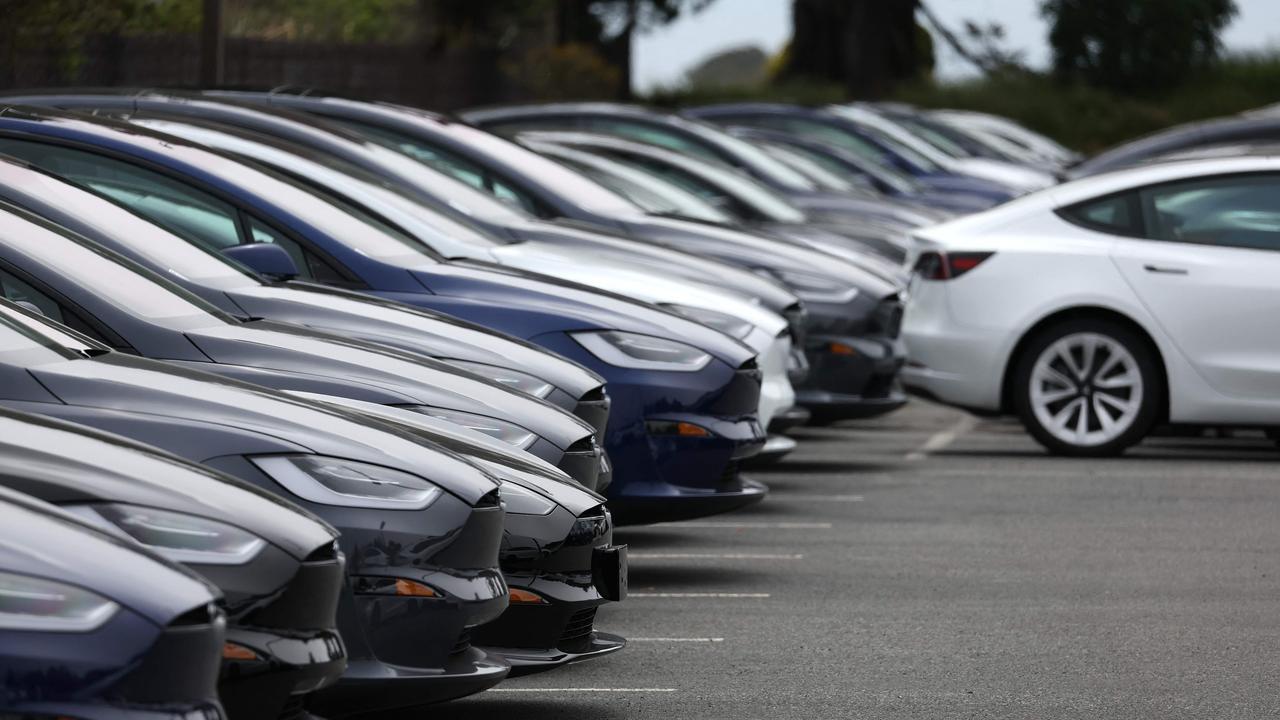
“Elon isn’t as close as he thinks,” Professor Dia said.
“I think the closest we have come so far is self-driving robo taxis in the US. This is on par with what we call Level 4 driving, where passengers order a car on an app, get in, and are driven to their destination with no driver behind the wheel.”
Driverless taxis coming to Australia?
Google-owned tech company Waymo began trialling robo taxis in Phoenix, Arizona and San Francisco, California, and later Los Angeles. Operations are planned in Austin, Texas soon and testing is now underway in Washington DC.
Successful trials in busy and notoriously congested LA over the past several months has seen authorities expand Waymo’s permitted footprint.
According to reports, the company is eyeing Australia as one of its many hoped international markets.
The Australian Government is beginning work on proposed future legislation to allow the mainstream adoption of autonomous cars.
A plan for an Automated Vehicle Safety Law is in the works and public submissions, calling for input from stakeholders on everything from regulation to infrastructure and road rules, closed earlier this month.
“If we do not change our laws to assign responsibility for safe operation of [autonomous driving systems], human users of automated vehicles could be unfairly held liable for any crashes when the ADS was in control,” the government said in a discussion paper.
“We also need to ensure that human users understand their responsibilities in vehicles with an ADS.”
Public teething problems
But Waymo’s growth hasn’t been without speed bumps, with alarming headlines about accidents and malfunctions creating unease and forcing the company to commission research, which it said proved the robo taxis were still safer than human-operated vehicles.
“New data shows that the Waymo Driver continues to make roads safer,” it said.
“Over 14.8 million rider-only miles driven through the end of March, it was up to 3.5 times better in avoiding crashes that cause injuries and two times better in avoiding police-reported crashes than human drivers in San Francisco and Phoenix.”

Ridesharing app Uber was one of the first companies to go all-in on driverless taxis, until one of its self-driving vehicles hit and killed a pedestrian in Phoenix in 2018.
Elaine Herzberg stepped onto the road pushing a bicycle with shopping bags on its handlebars, which the car’s self-driving software failed to recognise.
A back-up Uber driver behind the wheel was accused of watching a television show on his phone and didn’t notice the danger ahead.
Following the tragedy, Uber ceased trials of driverless taxis.
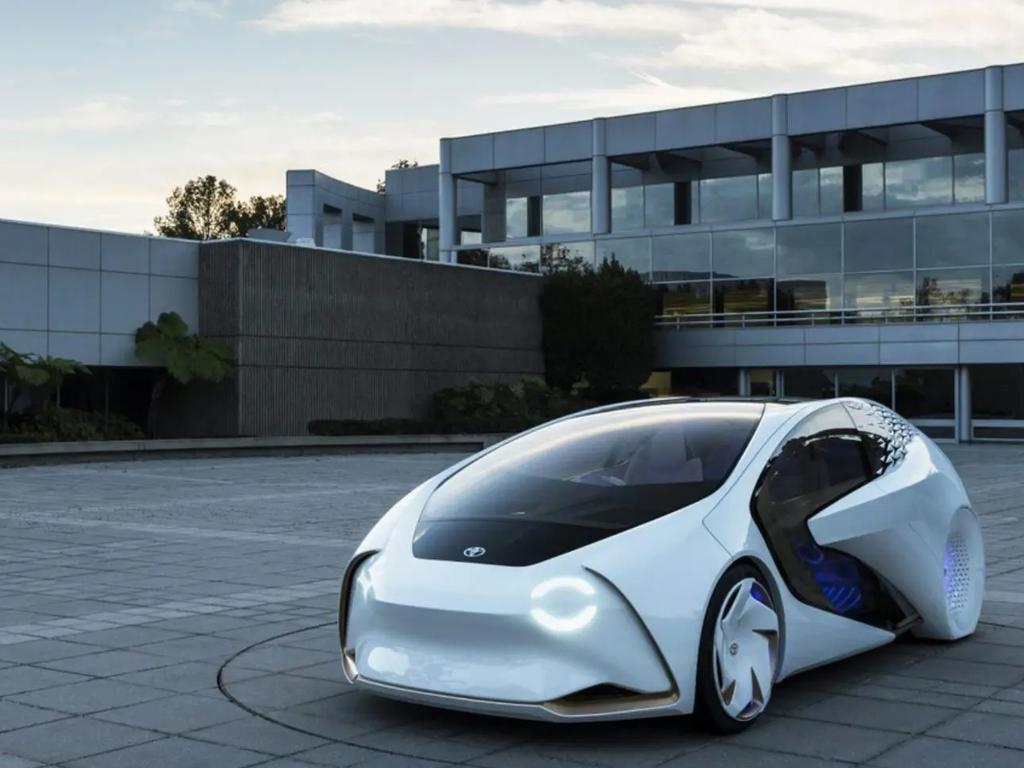
More recently, start-up company Cruise, bought by automaker General Motors, has seemingly collapsed after an accident involving a self-driving taxi.
In October, a pedestrian crossing a street was hit by a car, driven by a human, and thrown into the past of a Cruise car.
The robo taxi was programmed to pull over to the right in the event of an unknown situation, which saw the vehicle drive over the woman. She was lucky to survive.
Cruise has since shuttered its operations and its chief executive resigned.
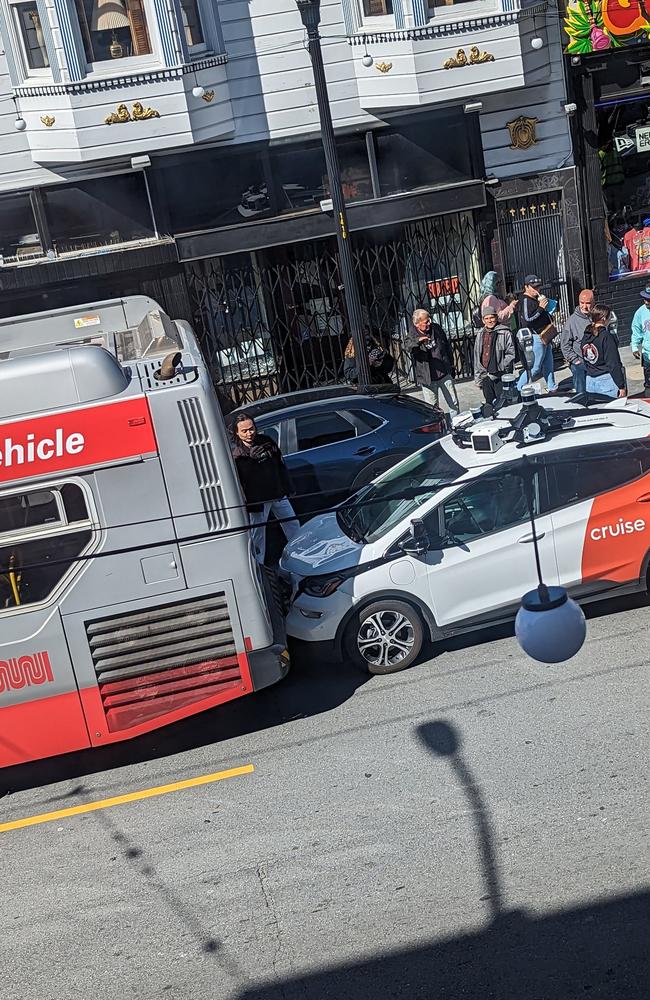
Despite a number of documented incidents, Professor Dia believes Waymo has demonstrated its offering is “quite safe”.
“This is the best example of Level 4 autonomy we have seen so far,” he said.
However, Professor Dia believes the jump from Level 4 to Level 5 “would require another breakthrough in AI technology that we haven’t seen”.
“They need to be trained on millions and millions of data points, different situations that represent real-world conditions. Right now, they lack some commonsense. We need AI to bridge the gap.”
A car you don’t drive?
Volkswagen has developed a concept car that it says has full Level 5 autonomy, meaning it could drive itself in all conditions with zero human intervention.
Sedric is a “pioneer for the automotive industry”, the company has said, and at just the touch of a button can “conveniently and safely drive itself to its passenger’s destination”.
“Sedric represents the height of intelligence in vehicles, capable of dropping children off to school, parents to their workplace, collecting shopping or looking for a parking space – all from a smartphone app,” it said.
“Designed to be almost like a personal assistant, passengers are able to talk to Sedric about their destination, traffic times, or their time of arrival.
“And, without the need for a wheel or pedals, there’s plenty of space for lounging out, making it one of the most comfortable ways to travel.
“Sedric symbolises a sustainable, intelligent and connected future of driving.”
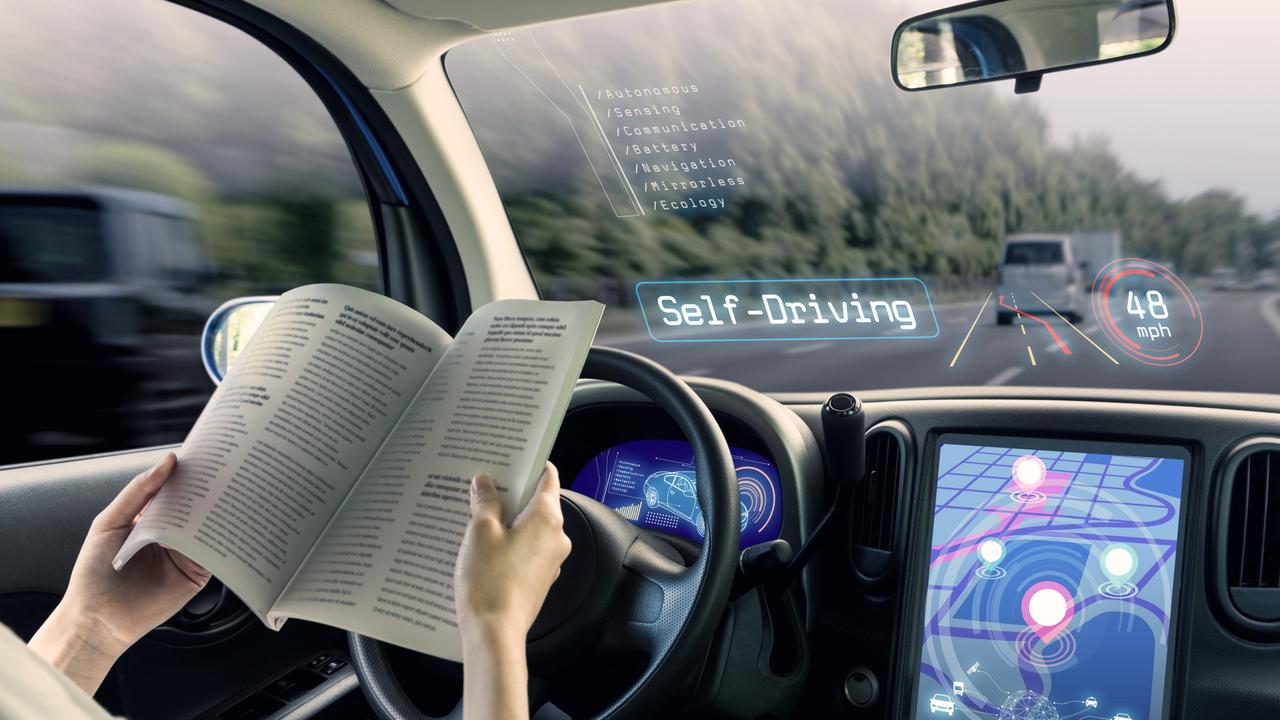
While the car is a concept and there are no firm plans for a commercial release, Volkswagen projects broadly that it will be in a position to offer fully automated cars by 2030.
One of its other concepts, the I.D. Vizzion, is described as a top-of-the-range sedan that’s self-driving and all electric.
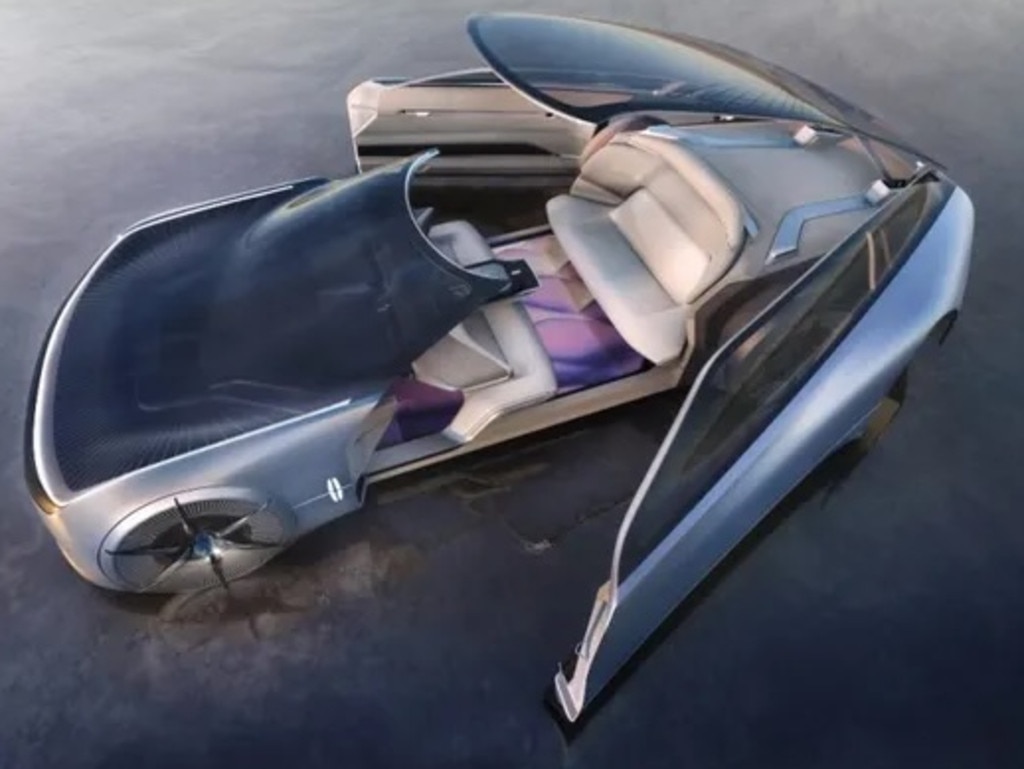
While impressive – and visually stunning – some researchers aren’t convinced concepts like these are as close to fruition as some companies hope.
GlobalData recently released a report forecasting automakers won’t be able to deliver a fully self-driving car until at least 2035.
“We expect the timelines for deploying fully autonomous vehicles [Level 5] to be pushed back over the next few years,” the firm said.
“Companies that have made big bets on the technology will continue to move toward commercialisation, but it could be closer to 2035 before we begin to see any meaningful deployments of fully self-driving vehicles.”
Professor Dia hopes the advancement of self-driving cars sees the evolution of a model that more resembles public transport.
“My hope is that we have autonomous vehicles that can go anywhere, any time of the day, in all weather conditions, that area such safer than human drivers,” he said.
“But rather than each own one, we will order them on an app and use them as a convenient form of public transport.
“Something like one person per vehicle could be disastrous in terms of congestion and carbon emissions.”






